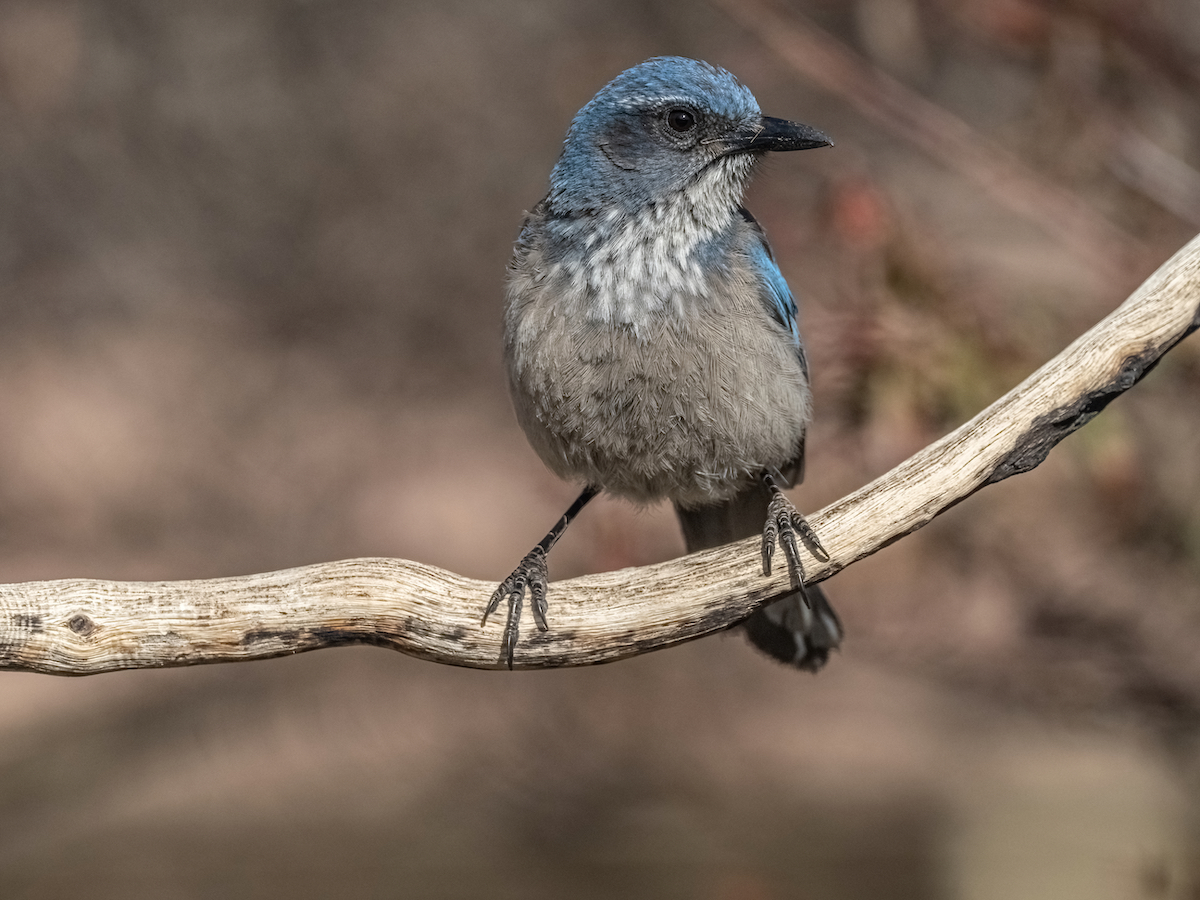Some information may be outdated.
The annual Christmas Bird Count, administered by the National Audubon Society, is the longest-running citizen science survey in the world—it began in 1900 as an alternative to then-popular bird-hunting contests. It’s a census of birds in the western hemisphere, conducted in early winter by “count circles” composed of volunteer birders. In 2020, Moab birders decided not to organize their usual local count because of coronavirus concerns, but in 2021 the count was back on.
On Dec. 18, 45 participants in 12 groups enjoyed mild, sunny weather while counting birds in Moab, Spanish Valley, and Castle Valley. Marcy Hafner, who helps to organize the local count circles and report the data, said volunteers counted 65 species in the 2021 census. “The highlights were two golden eagles, one bald eagle, one screech owl, and eight white-winged doves,” she said. Sixty-five is the lowest number of species counted in 14 years of Christmas Bird Count records, Hafner said, and that number has been observed three other years. In 2019, 67 species were counted in the Moab area. Hafner pointed out that factors such as weather on the day of the count and the number of participants can affect the number of species observed.
“A windy day is a killer,” she said. “Birds hunker down and you don’t see many.” Aside from the number of species sighted, the total number of birds counted fluctuates from year to year.
“It would take a lot more data to really get the whole picture of the highs and lows of our bird populations,” Hafner said.
Audubon scientists use data from the Christmas Bird Counts to help track population trends and analyze patterns. For example, data show that the sharp-shinned hawk population in Utah has been increasing by 1.25% per year between 1970 and 2019. Their charts include confidence intervals and links that document the methodology used. Visit audubon.org to explore more of the data—or head outside to observe Moab’s birds first-hand.
Marian and Nick Eason, also active Moab birders, have been enjoying visits from a sharp-shinned hawk in their yard, along with other species like the red-winged blackbird and Woodhouse’s scrub jay. Marian Eason said interested Moabites can find these species in yards around town and in the Matheson Wetlands Preserve.
Appreciate the coverage? Help keep local news alive.
Chip in to support the Moab Sun News.





